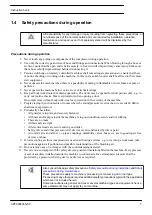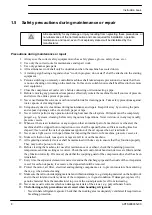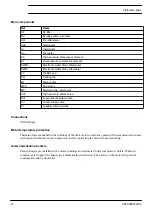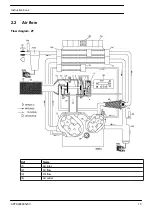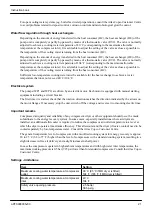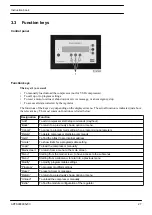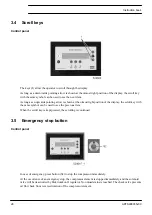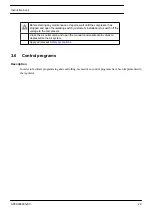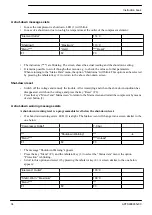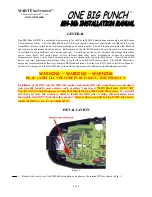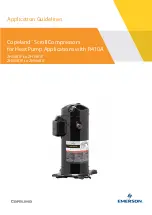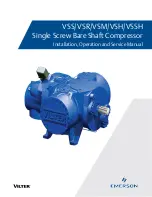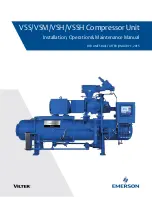
For open cooling water systems (e.g. boiler feed water preparation), consult the Atlas Copco Customer Centre
to avoid problems related to deposit control, corrosion control and microbiological growth control.
Water flow regulation through heat exchangers
Depending on the amount of energy transferred in the heat consumer (HC), the heat exchanger (HE) of the
pump unit is completely or partly by-passed by means of a thermostatic valve (RV2). The valve is normally
adjusted to achieve a cooling water temperature of 40 ˚C (corresponding to the maximum allowable
temperature at the compressor inlet). It is advisable to adjust the setting of the valve as close as possible to
the temperature of the cooling water returning from the heat consumer (HC).
Depending on the amount of energy transferred in the heat consumer (HC), the heat exchanger (HE) of the
pump unit is completely or partly by-passed by means of a thermostatic valve (RV2). The valve is normally
adjusted to achieve a cooling water temperature of 104 ˚F (corresponding to the maximum allowable
temperature at the compressor inlet). It is advisable to adjust the setting of the valve as close as possible to
the temperature of the cooling water returning from the heat consumer (HC).
Sufficient low-temperature cooling water must be available for the heat exchanger to achieve a water
temperature that does not exceed 40 ˚C/104 ˚F.
Electrical system
The pumps (WP1 and WP2) are driven by an electric motor. Each motor is equipped with manual starting
equipment including a circuit breaker.
The first time it is started, check that the rotation direction matches the direction indicated by the arrows on
the motor flanges. If necessary, stop the unit, switch off the voltage and reverse two incoming electric lines.
Important remarks
Compressed air quality and reliability of any compressor, dryer or other equipment should never be made
subordinate to the energy recovery system. In some cases, especially installations where air dryers are
installed, an additional aftercooler is required to reduce the compressor air outlet temperature to a level at
which the dryers operate at maximum efficiency. This aftercooler and the dryer (if water-cooled) need to be
cooled separately by low-temperature water. Consult the Atlas Copco Customer Centre.
The general temperature level of compressors with a modified cooling system for energy recovery is approx.
20 to 25 ˚C (68 to 77 ˚F) higher than the level of compressors with a standard cooling system, resulting in a
slight decrease in free air delivery and a slight increase in shaft power.
In case the compressors operate in high ambient temperatures and with high water inlet temperatures, the
maximum working pressure is 0.5 bar (7.25 psi) lower than for standard compressors. Consult the Atlas Copco
Customer Centre.
Settings - limitations
Item
Setting
Maximum cooling water temperature at compressor
outlet
90 ˚C (85 ˚C if MD dryer is fitted)
194 ˚F (185 ˚F if MD dryer is fitted)
Maximum cooling water temperature at compressor
inlet
40 ˚C
104 ˚F
Safety valve opening pressure
2.5 bar(e)
36.3 psig
Instruction book
APFS998935v00
21
Summary of Contents for ZT-55
Page 1: ...CustomDesign Oil free Air Project 998935 Customer AIR SEP USA ZT 55 Instruction book ...
Page 2: ......
Page 13: ...General view Rear view Instruction book APFS998935v00 11 ...
Page 25: ...Typical example Drive motor M1 Instruction book APFS998935v00 23 ...
Page 57: ...4 2 Installation proposals Installation proposal ZT Pack Instruction book APFS998935v00 55 ...
Page 88: ......
Page 89: ......

